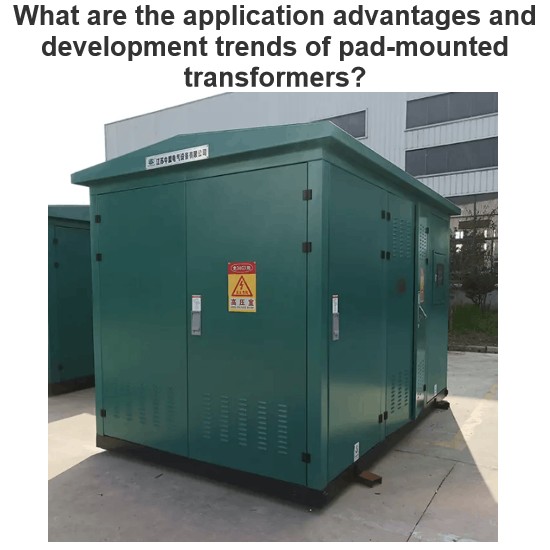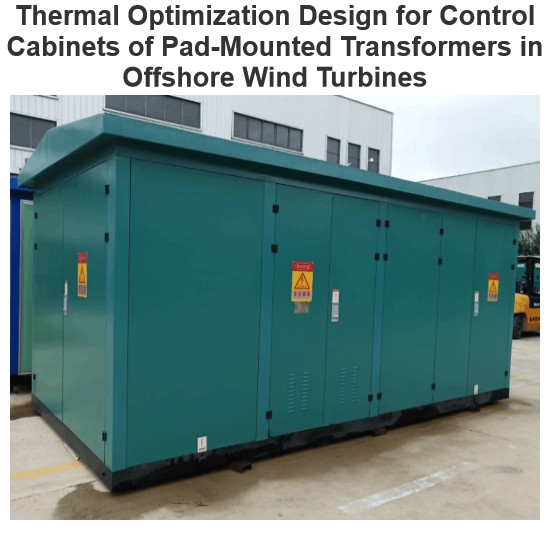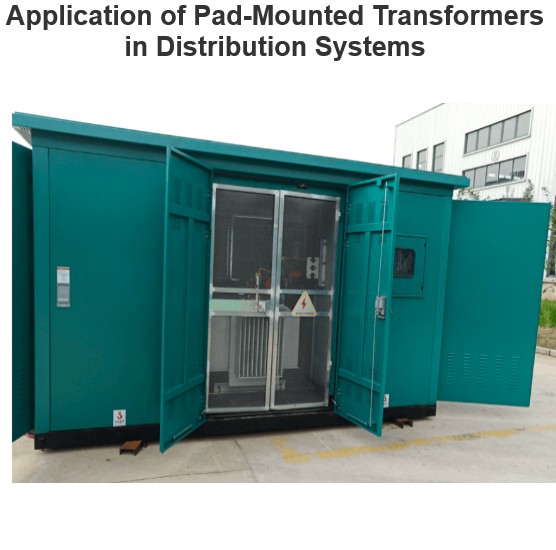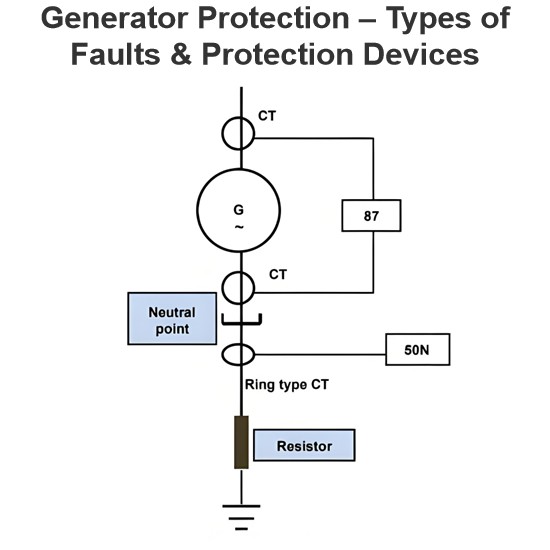What is Electric Power Transformer?
What is Electric Power Transformer?
Power Transformer Definition
A power transformer is a static device that efficiently transfers electrical energy between circuits without changing the frequency, using electromagnetic induction.
Main Technical Parameters
Rated voltage
Rated power
Rated current
Voltage ratio
Turns ratio
Voltage Adjustment
Power transformers modify voltage levels to enhance energy efficiency and safety in power transmission and distribution.
Core and Shell Types
Step-up and step-down transformers
Single-phase and three-phase transformers
Two-winding and autotransformers
Distribution and power transformers
Instrument transformers
Oil-cooled and dry-type transformers
Core type and shell type transformers
Outdoor vs. Indoor Transformers
Types of Power Transformers
Various types, such as step-up, step-down, single-phase, and three-phase, cater to different electrical system requirements.
Power Transformers Advantage
To reduce power loss in transmission lines
Galvanic Isolation Provided
Impedance Matching
Voltage Level Adjustment
Applications
Essential in sectors like power generation, transmission, and distribution, power transformers also provide specific voltage levels for diverse applications.
The Electricity Encyclopedia is dedicated to accelerating the dissemination and application of electricity knowledge and adding impetus to the development and innovation of the electricity industry.













